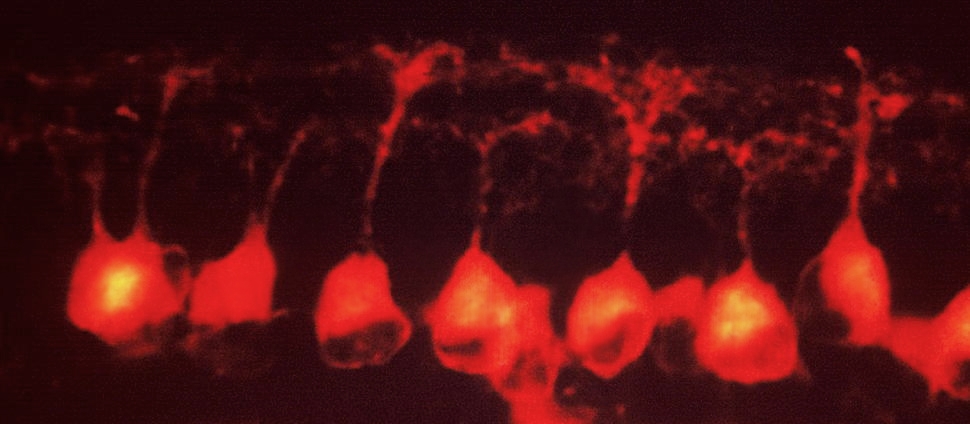Differentiating Between Us & Them: Reduced In-Group Bias as a Novel Mechanism Linking Childhood Violence Exposure with Internalizing Psychopathology
Archived as published.
Abstract
Strong in-group bonds, facilitated by implicit favoritism for in-group members (i.e., in-group bias), promote mental health across development. Yet, we know little about how the development of in-group bias is shaped by early-life experiences. Childhood violence exposure is known to alter social information processing biases. Violence exposure may also influence social categorization processes, including in-group biases, in ways that influence risk for psychopathology. We examined associations of childhood violence exposure with psychopathology and behavioral and neural indices of implicit and explicit bias for novel groups in children followed longitudinally across three time points from age 5 to 10 years old (n = 101 at baseline; n = 58 at wave 3). To instantiate in-group and out-group affiliations, youths underwent a minimal group assignment induction procedure, in which they were randomly assigned to one of two groups. Youth were told that members of their assigned group shared common interests (in-group) and members of the other group did not (out-group). In pre-registered analyses, violence exposure was associated with lower implicit in-group bias, which in turn was associated prospectively with higher internalizing symptoms and mediated the longitudinal association between violence exposure and internalizing symptoms. During an fMRI task examining neural responses while classifying in-group and out-group members, violence-exposed children did not exhibit the negative functional coupling between vmPFC and amygdala to in-group vs. out-group members that was observed in children without violence exposure. Reduced implicit in-group bias may represent a novel mechanism linking violence exposure with the development of internalizing symptoms.


